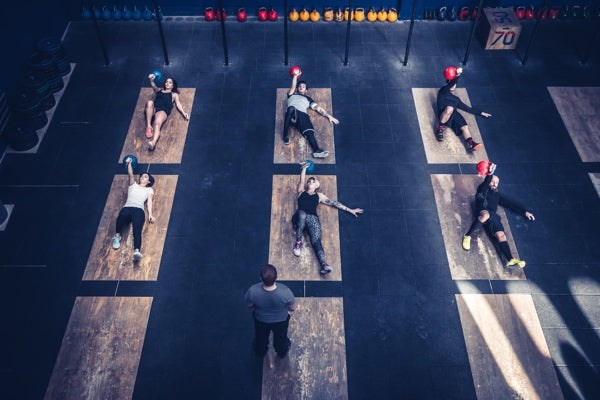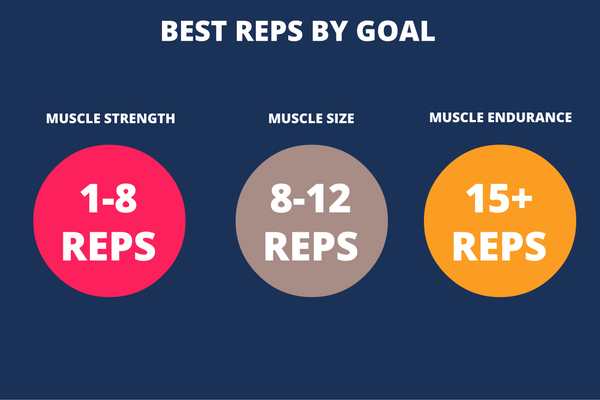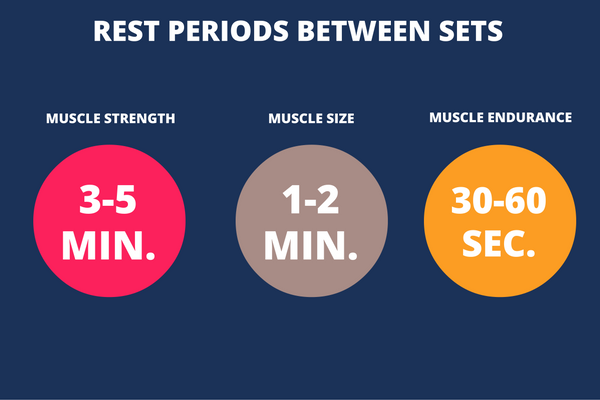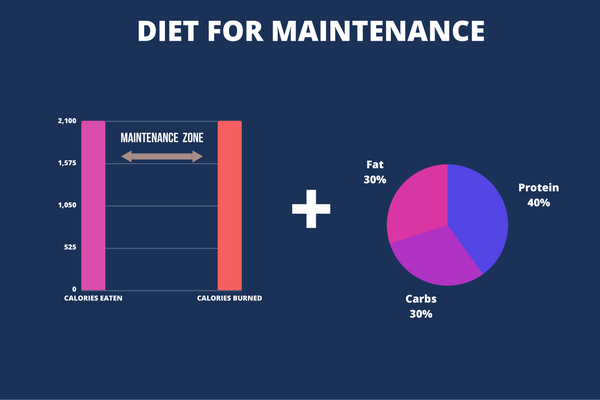
The Ultimate Weightlifting For Beginners Guide To Get You Started
Deciding you want to approach weightlifting as a beginner is an interesting stage to be in because you have so much motivation but often no idea where to begin. There is so much good information available that can cause you to feel overwhelmed. The good news is, everyone starts from the “I have no idea what I’m doing stage.” This guide will provide you with streamlined basic tips to launch your weightlifting experience.
Start Working Out At Home
Jumping straight into a gym contract may not be the best move for you. Many women invest in a workout gear and sign up for a gym membership because they feel the financial commitment will drive their fitness commitment and that isn't the case.Instead, of leaping into shopping the latest athleisure brand or signing a contract, you might try working out at home first. Sign a contract with yourself that you're committing to a fit lifestyle for the long haul and see it through. You will know if you've kept your promise to yourself through your progression. Once you've outgrown the capabilities of your home workouts, it's time for a gym to continue challenging yourself.
I cover this is in my 8 Pieces Of Equipment In My Total Workout Apartment Gym article, but grab some equipment like this quality shock absorbing mat, these adjustable dumbbells and these resistance bands to start working out at home first.
Plan Your Workout Split
A workout split details your exercise plan for the week. The best way to exercise your muscles and ensure proper recovery is to plan ahead and work similar muscle groups at a time. A typical workout split method is to group your muscles by area.
Day 1. Leg Day
Day 2. Back Day
Day 3. Arm Day
...and so on.
Another method is to create a workout split based upon the type of movement you're performing.
Day 1. Pull Day
Where all the exercises you perform follow a pulling motion. Examples of this are seated cable rows or lat pull downs.
Day 2. Push Day
Where the exercises performed follow a pushing motion like shoulder presses and chest presses.
Reps Are Determined By Your Goals

How To Determine Proper Rest Periods

Adequate rest periods are determined by the goal of your workouts. They account for the amount of time it can take for you to recover adequate oxygen and energy for a specific type of workout. For example, muscle strength building workouts combine high weight with low reps and are benefited by maximum muscle energy. That muscle energy, or Phosphagen, generally recovers fully three to five minutes after the completed exercise.
Plan For Rest & Recovery Days
Workout rest days are as necessary as the workouts themselves. They allow your muscles to recover and time for you to re-energize.
Here's a typical example of planning rest days into your workout split.
Day 1. Leg Day
Day 2. Back Day
Day 3. Arm Day
Day 4. Ab Day
Day 5. Rest Day
...and so on.
You can plan rest days into your workout split or take them as needed. Everyone is different, so there's no hard-fast rule. However, if you can answer yes to any of the following questions, a rest day is in order.
Are you exhausted despite eating and getting enough sleep?
Are your muscles still too sore from your last workout?
Are you feeling sick?
The Amount Of Weight Should Feel Just Right
When you're choosing the appropriate weight for a particular exercise first consider your goal. Are you trying to build strength? Are you trying to grow your muscles? Your answer will determine how many reps you'll need to perform and thus how much weight is appropriate.
The fewer reps, the more weight you should be able to lift. For example, if your goal is to build strength you want to lift as much weight as you can for 1-8 reps.
Always channel your inner Goldilocks. The perfect amount of weight you choose should not be so little that you complete all your reps with ease, but not so heavy that you cannot complete your reps safely and with proper form.
If you're using the appropriate amount of weight, you should be able to answer YES to the following questions.
Does your rep goal match your fitness goal?
Do the last 2-3 reps feel difficult to complete?
Can you complete all your reps with proper form?
Can you complete all your reps without any pain?
Make Small Tweaks To Your Diet
Don't rush to throw away all of your food in a health declaration. It's a big gesture, but the truth is less access to junk food won't stop you from getting it and doesn't address the issue. Instead, it's the change in how you perceive food and its function in your life that provides lasting change. It takes time to no longer see food as an activity but vital nourishment. Therefore, until you get there make small changes that add up to big results. Choose low calorie alternatives for your favorite foods and become well acquainted with nutrition labels.
Calories In, Calories Out
Losing weight is a simple relationship between how many calories you're eating and how many calories you're burning. There's only one way to lose weight, and that's to eat fewer calories than you've burned. That said, you must first learn how many calories your body burns every day. Then you must accurately understand how much food you're eating.

The Types Of Calories You Eat Are Important
Your fitness results are attributed 80% to your diet and 20% to your exercise. Therefore it's crucial that your diet aligns with your overall fitness goal.
A Diet For Fat Loss
To burn body fat, you must eat fewer calories than you burn AND ensure that majority of the calories you eat come from protein.

A Diet For Muscle Gain
To gain muscle, you must eat more calories than you burn AND ensure that majority of your calories come from carbs.

A Diet For Maintenance
To maintain your weight, you must burn as many calories as you eat AND eat a balanced amount of protein, carbs, and fat.

Cheat Meals Are Helpful
Cheat meals aren't a requirement. In fact, many fitness enthusiasts never have what we consider a cheat meal. However cheat meals have many benefits whether psychological or physiological.
Psychologically, cheat meals can help you manage your cravings and to practice healthy moderation.Physiologically, cheat meals help jump start your metabolism after an extended period of dieting.
If you can answer YES to any of the following questions, it's probably time for a cheat meal.
Has your weight loss stalled even though you're sticking to your diet and exercise plan 100%?
Are you losing weight too quickly?
Do you feel tired and sluggish after an extended period of diet and exercise?
As a word of caution, psychologically cheat meals can also lead to binge eating so make sure to establish cheat meal rules for yourself and stick to them.
Don’t Out-Eat Your Workout!
Always make sure that your diet supports your workout.
If you're trying to burn body fat, you should have a goal to burn about 500 calories per workout. It takes the average woman an hour and a half to two hours of vigorous exercise to burn that much. However, it also takes the average woman a few minutes to eat back 500 calories worth of chips.
Likewise, if you're trying to gain muscle you should be striving to eat more calories than you burn. If you work out then proceed to skip a meal, you're not supporting your fitness goal by giving your muscles to energy they need to grow.
Practice Consistency & Patience
A lot of your fitness transformation will occur inside your body before you see visible changes on the surface. For example, fat stores between your muscle fibers and around your organs will burn off. Also invisible to the eye is that your muscle fibers will begin to strengthen and feel firmer. These are both crucial parts of the process, however, they may not deliver gratification for you in the mirror. Remember that your body is changing, and becoming more athletic even if you can't see noticeable changes.
Weight Change Is Not Linear
When tracking your progress via a scale, keep in mind that weight change is not linear. Weight is affected by many things including water retention, bloat, constipation, fat, and muscle. Rather than expecting the scale to consistently decrease every week, remember that your body is progressing despite the reading. Your weight when tracked over time will spike and dip but the overall trend should be a decrease. The below graph represents a realistic 20lb weight loss over 10 weeks from 200lbs to 180lbs.

These are the essential pieces of info to get you started in the right direction, happy lifting and enjoy your results. But, remember to practice patience and be kind to yourself as you progress!




